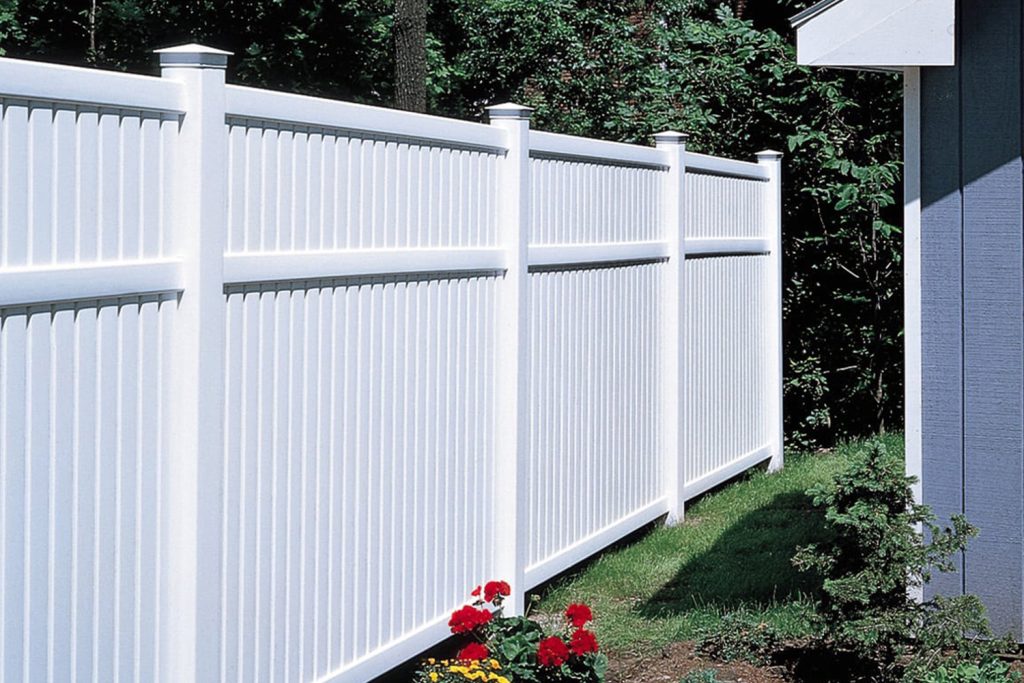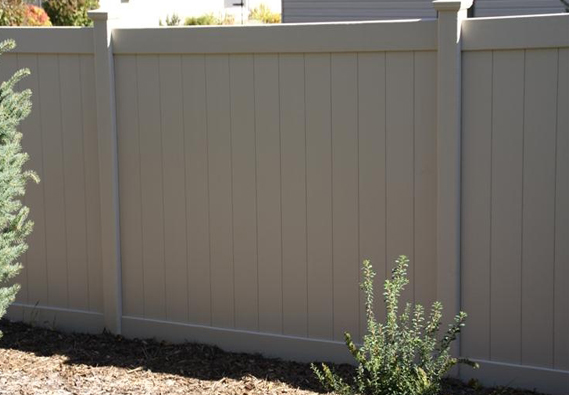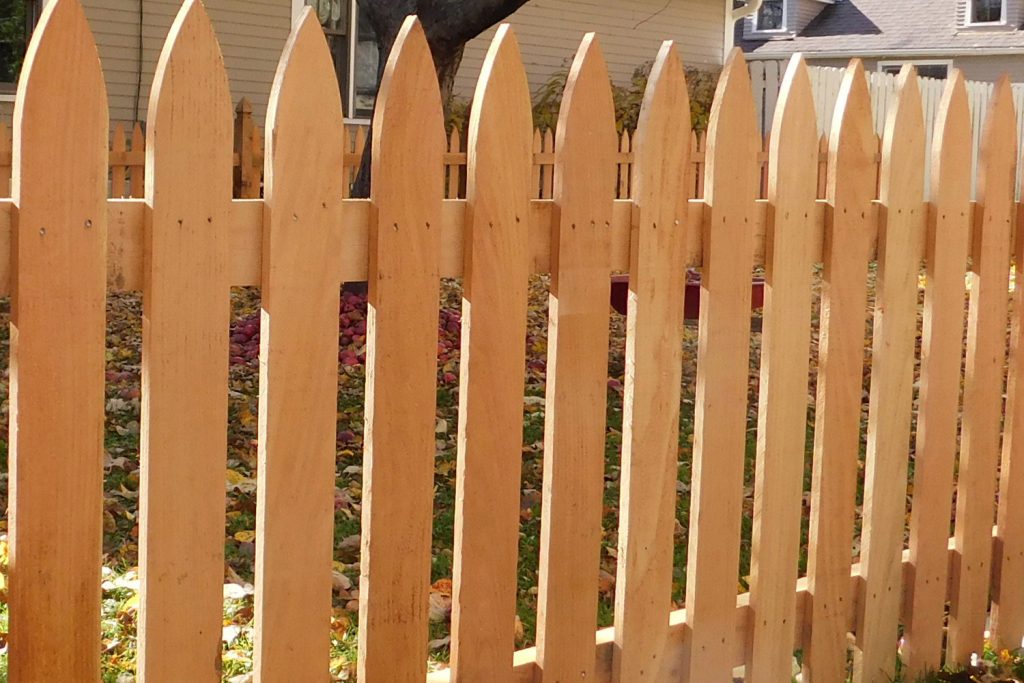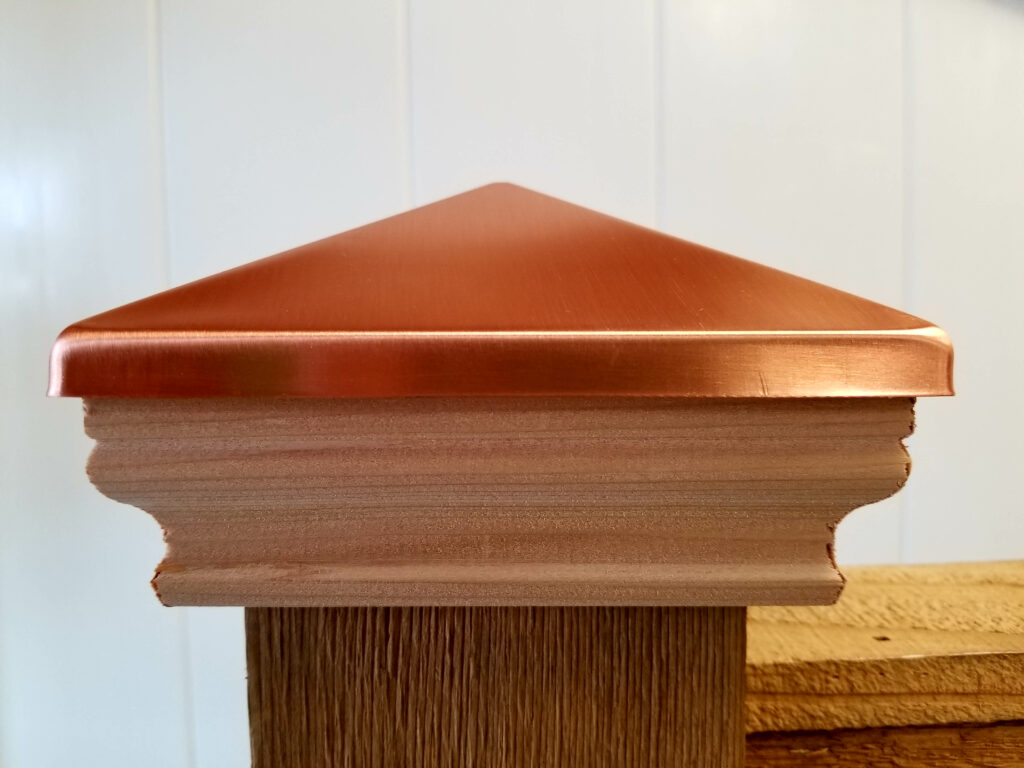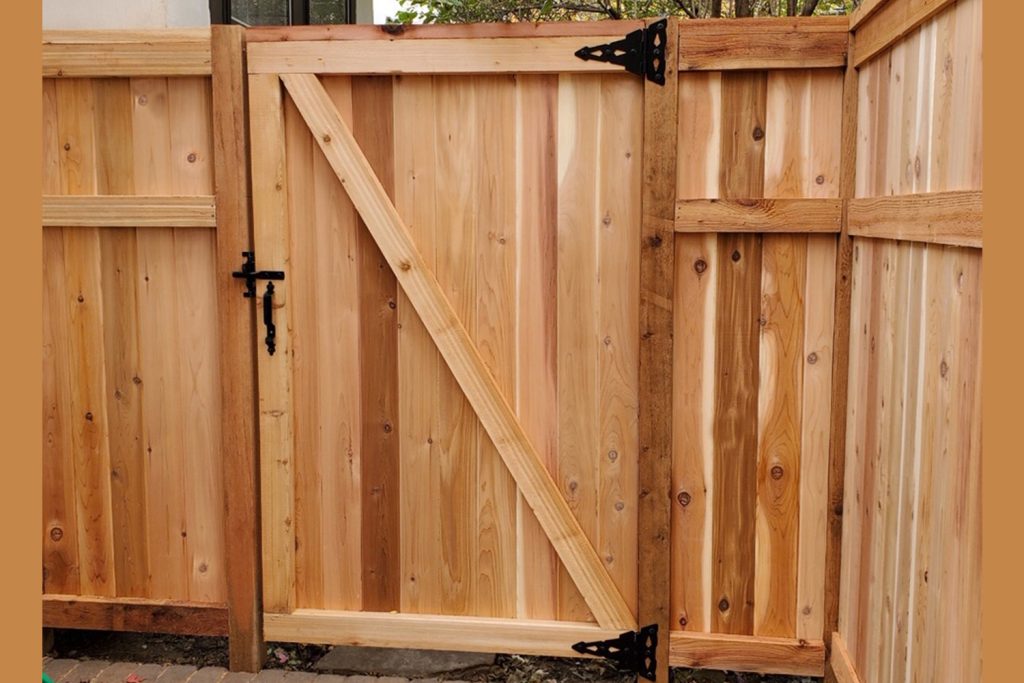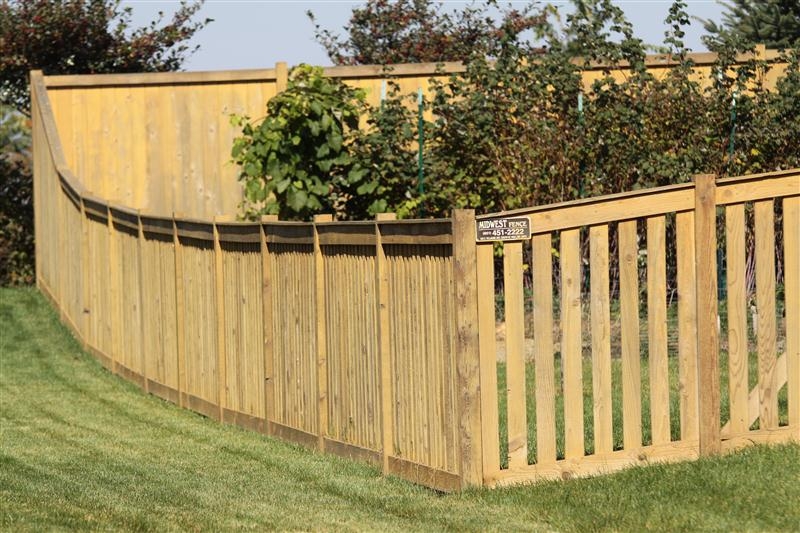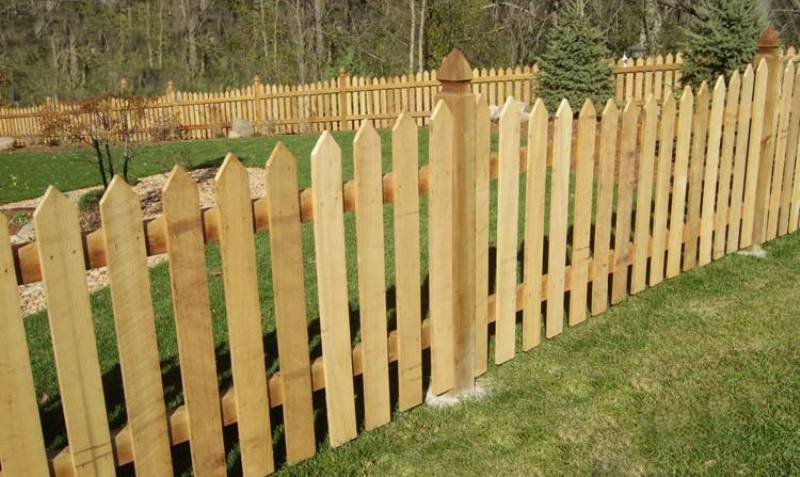The Vibrant Evolution of Vinyl Fencing
The Vibrant Evolution of Vinyl Fencing
Fencing has never been just about function; it’s about form, style, and innovation. In the vibrant history of property borders, vinyl fencing emerges as a leading character, a star that continues to innovate and impress. Here’s a nod to its evolution and why vinyl fencing is more than just a backdrop to your garden parties.
Cast your mind back to the bygone era of the 1980s. That’s when vinyl fencing first entered the scene, an avant-garde solution to the wood and chain-link fences of yesteryears. Fast-forward to today, and vinyl fencing has matured into an emblem of sophistication, durability, and unsurpassed quality that requires almost no maintenance at all.
One of vinyl fencing’s show-stopping features has always been its low maintenance. Gone are the days of weather-worn, splintered fences. The vinyl ensemble stands tall through scorching summers and icy winters, never asking for more than the occasional rinse with a hose. This translates to significant cost savings over time, freeing you to invest in other aspects of your outdoor space.
Amidst today’s chorus for eco-conscious choices, vinyl proudly waves a green flag. It’s non-toxic, recyclable, and does not require deforestation to manufacture. This makes it a sustainable option for environmentally conscious homeowners and businesses. For those hosting summer barbecues or children’s parties, rest assured, modern vinyl is also devoid of harmful chemicals, making it both a family and Earth-friendly option.
While classic white remains a fan favorite, vinyl fences have burst onto the palette of home style with a rainbow of colors and textures. Mimicking the aesthetic of natural wood or stately stone, vinyl fences offer something for every discerning taste without compromising quality or lifespan. You can achieve the look you desire without the hassle of staining or painting, ensuring your fence continues to look its best for years to come.
With an eye on the economy, vinyl fencing continues to appeal to the budget-conscious without skimping on luxury. With a longer lifespan than many traditional materials and virtually no extra costs for upkeep, it’s a smart investment for homes and businesses alike. This translates to a lower total cost of ownership, making vinyl fencing an attractive option for those seeking value.
In conclusion, the tapestry of vinyl fencing is rich in advancement and rooted in an ability to meet the changing tastes and demands of consumers. It’s a product that has truly evolved yet remains enduring. Whether it’s enjoying a serene backyard retreat or securing a bustling commercial space, vinyl fencing stands out as an intelligent and modern choice for tomorrow’s landscapes. This spirited fencing solution is poised to dance across more properties for years to come, and we are all invited to watch—or join—in its unfolding story.

